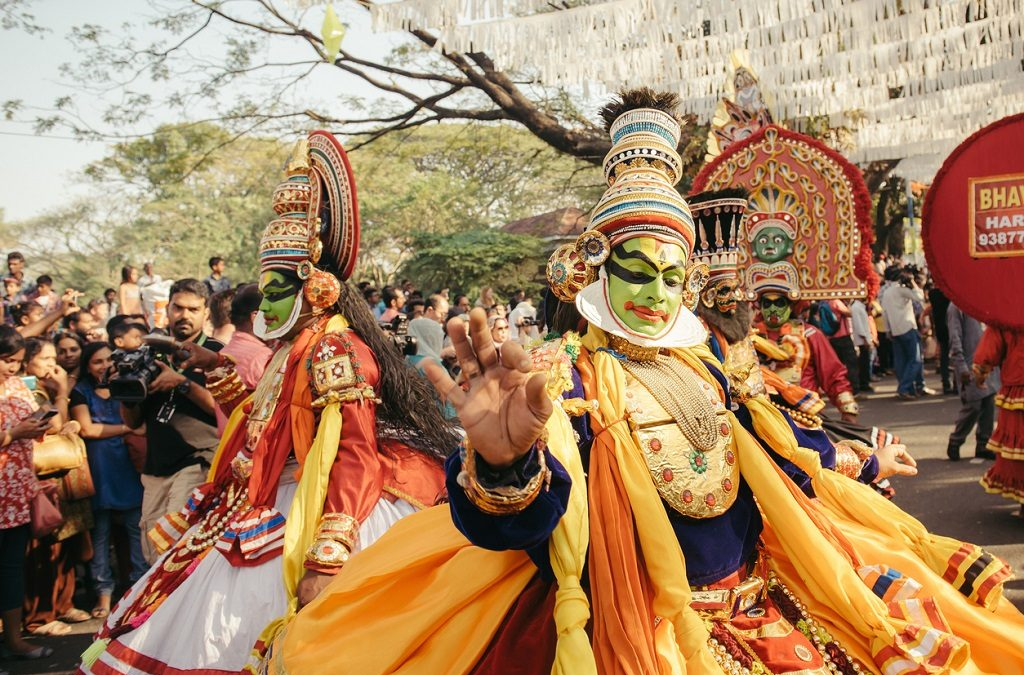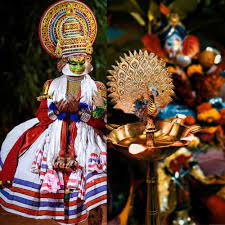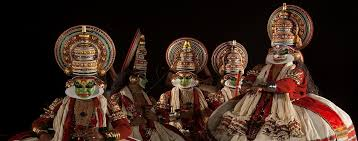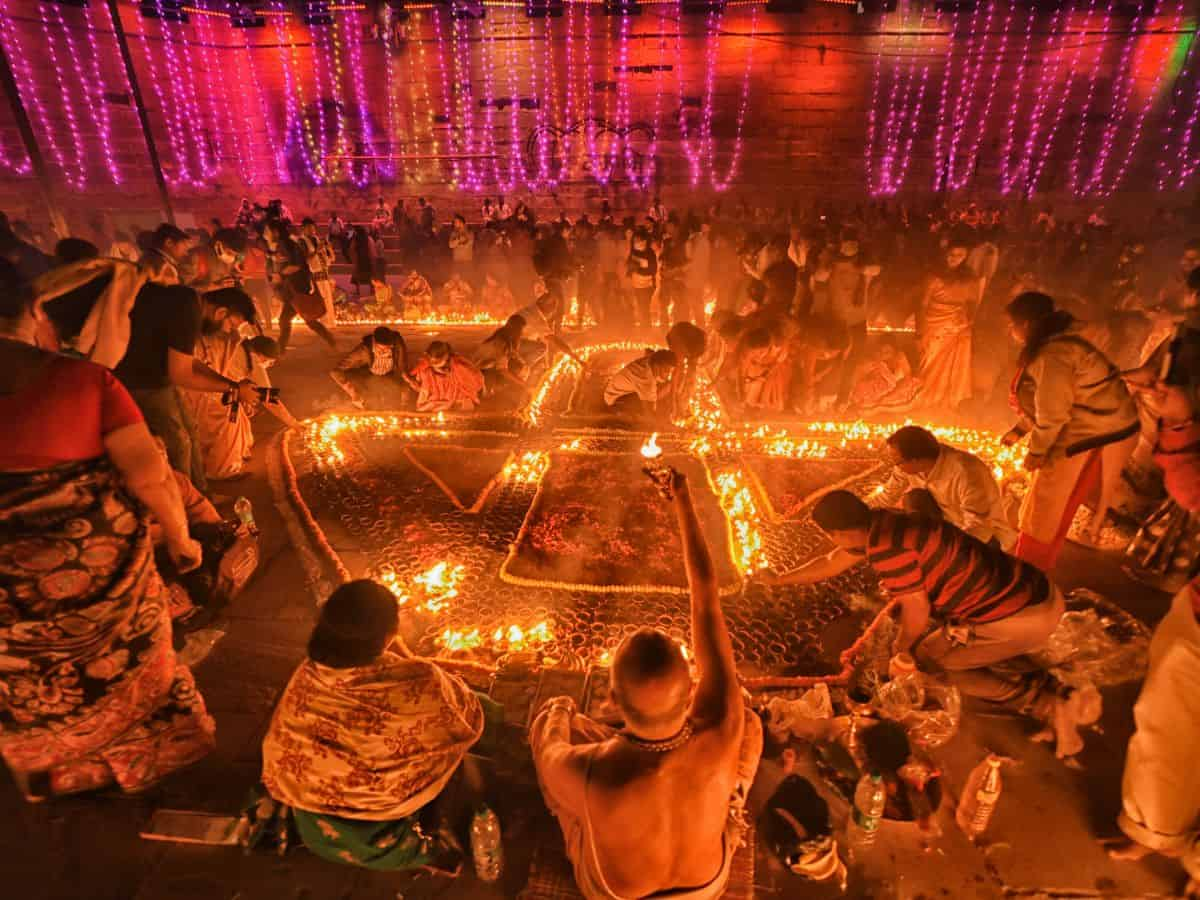Now Reading: Discover Unique Local Cultural Traditions You Probably Didn’t Know About 2025!
-
01
Discover Unique Local Cultural Traditions You Probably Didn’t Know About 2025!
Discover Unique Local Cultural Traditions You Probably Didn’t Know About 2025!

In today’s fast-changing world of technology and globalization, local cultural traditions play a very important role in keeping the identity of communities alive. These traditions connect people to their roots, their ancestors, and their unique way of life. Whether it is a festival, a dance, a food habit, or a special ceremony, each tradition carries a rich story from the past.
Let’s explore why these traditions matter, how they are practiced around the world, and why it is important to preserve them for future generations.
What Are Local Cultural Traditions?

Local cultural traditions are customs, beliefs, or practices that belong to a particular region, village, or community. These can include:
- Festivals and Celebrations: Like Diwali in India, Thanksgiving in the USA, or Obon in Japan.
- Traditional Clothing: Such as the Kimono in Japan, the Kente cloth in Ghana, or the Scottish Kilt.
- Unique Food Recipes: Think of Italian pasta, Indian biryani, or Mexican tacos.
- Music and Dance: Flamenco of Spain, Bhangra of Punjab, or Capoeira of Brazil.
- Local Art and Crafts: Handwoven carpets in Turkey, pottery in Mexico, or wood carvings in Africa.
These are just a few examples of how culture shows itself in daily life. Each tradition reflects the values, struggles, and joys of the people who created it.
Why Are Local Traditions So Important?

- Preserving History and Heritage
Local traditions teach us about the past. They remind us where we come from and what our ancestors believed and valued. Without these customs, people may forget their history and lose their sense of belonging. - Bringing Communities Together
Festivals, dances, and ceremonies are moments when families, friends, and neighbors come together. They share joy, food, and memories. This makes the bond within the community stronger. - Teaching Values and Life Lessons
Many traditions carry messages of honesty, kindness, hard work, or respect for nature. For example, the Native American “powwow” is not just a dance gathering but a way to teach the importance of nature and unity. - Boosting Tourism and the Local Economy
Tourists from around the world love to experience authentic local traditions. Whether it’s seeing the Rio Carnival in Brazil or enjoying Thai street food festivals, such events bring money and jobs to the area. - Giving Identity and Pride
Every community is proud of its special customs. These traditions make people feel unique and special in a world where everything is becoming the same.
Famous Local Cultural Traditions Around the World
1. India’s Holi Festival
Known as the “Festival of Colors,” Holi celebrates the arrival of spring with color powders, songs, and dance. It represents the victory of good over evil and the joy of new life.
2. Japan’s Tea Ceremony (Chanoyu)
A quiet, graceful practice of making and drinking tea that shows respect, patience, and peace. The tradition has been passed down for centuries.
3. Spain’s La Tomatina Festival
A fun and messy tradition where people throw tomatoes at each other in the streets of Buñol. It’s held every August and attracts visitors from across the globe.
4. Mexico’s Day of the Dead (Día de los Muertos)
A beautiful festival where families remember their loved ones who have passed away. They create colorful altars, offer favorite foods, and share stories to keep memories alive.
5. Africa’s Maasai Beadwork
The Maasai people of Kenya and Tanzania create colorful bead necklaces and bracelets. Each color and pattern tells a story of the wearer’s age, social status, or achievements.
Challenges Facing Local Traditions
Sadly, many local traditions are slowly disappearing. Young people are moving to cities, leaving their villages behind. Modern technology and fashion make old customs seem boring or useless to some.
Globalization brings the same fast food, movies, and clothing to every corner of the world. This can make small, unique traditions harder to keep alive. Climate change, wars, and economic troubles also threaten these cultural treasures.
How Can We Help Protect Local Traditions?
- Support Local Artists and Craftspeople
Buy handmade products, traditional clothes, or crafts when you travel or shop. - Join Festivals and Cultural Events
Take part in local festivals, dances, or cooking classes. Learn about the meaning behind them. - Teach Children About Their Heritage
Grandparents and elders should share stories, recipes, and customs with the young generation. - Use Social Media to Promote Traditions
Post pictures, videos, or blogs about your own or others’ traditions. This spreads knowledge worldwide. - Respect Other Cultures
When you visit a new place, respect their ways of dressing, eating, or greeting people.
Conclusion: Traditions Are the Heart of a Community
Local cultural traditions are like the soul of a community. They are not just old habits—they are living parts of our daily life. They teach us who we are, where we came from, and how we are connected to each other.
As the world changes faster every day, these customs remind us to slow down and remember the beauty of our own culture. Keeping them alive is not only important for history, but also for the happiness and pride of future generations.
So next time you see a local festival or a handwoven scarf in a market—take time to enjoy it. You are touching a part of history that is still alive today.
Read More:- Shobha Realty Launches Its Most Luxurious Project Yet—Full Details Inside 2025






















